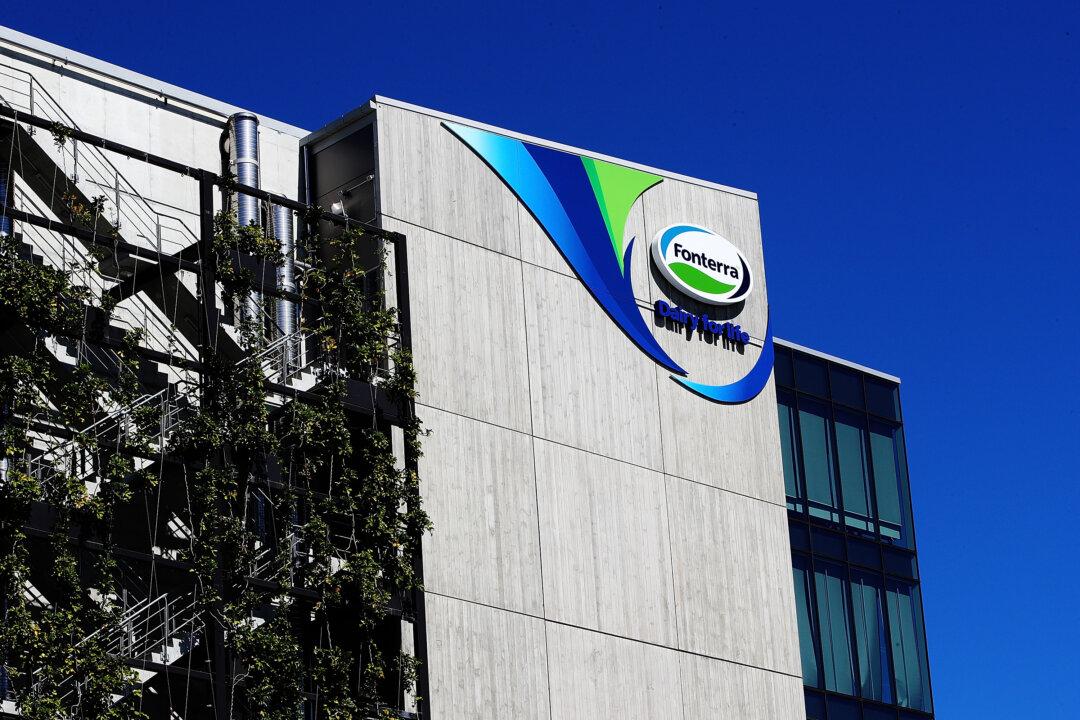Global dairy co-operative Fonterra has stepped up its transition to net zero by adopting a new “on-farm” emissions reduction target.
The co-operative, which is a major global dairy exporter and owns many popular dairy brands in Australia and New Zealand, such as Western Star, Perfect Italiano, Bega Cheese, Anchor, Anmum, and De Winkel, announced on Nov. 9 that it wanted to achieve a 30 percent intensity reduction in on-farm emissions by 2030.





